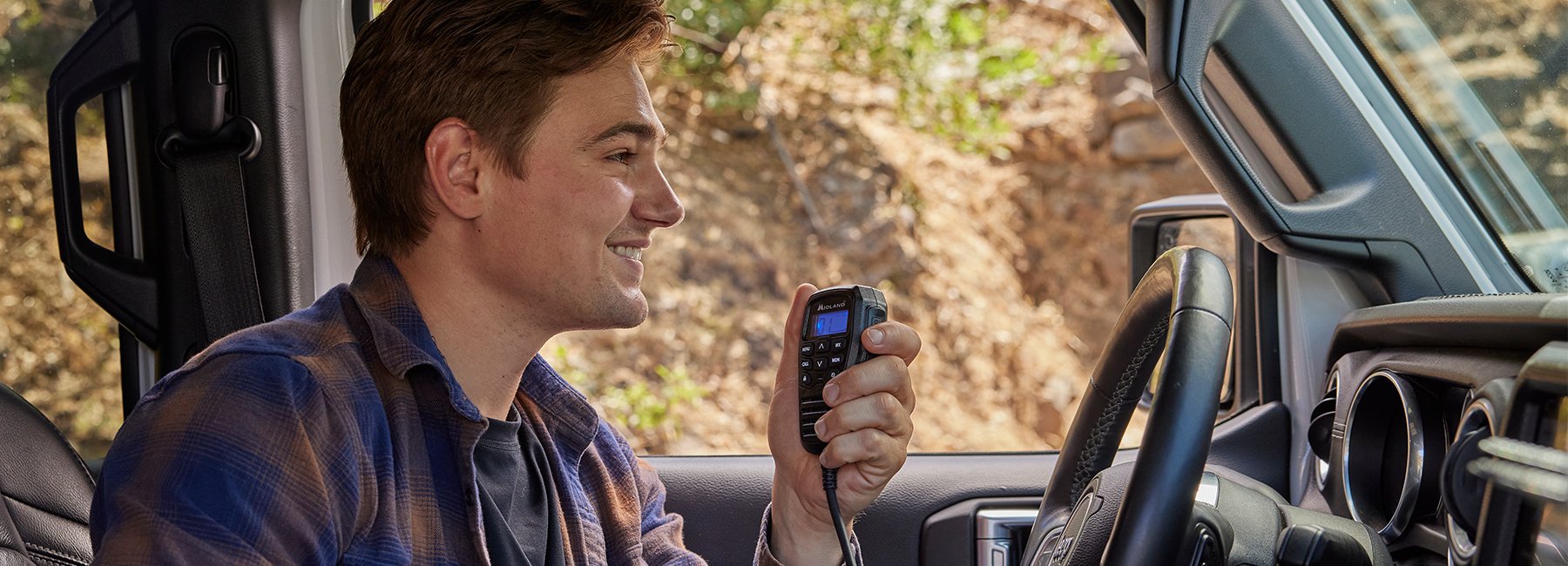
September 23, 2021
The radio may seem like old and outdated technology, but it’s developed continually over the last century. Today, radio offers unique advantages over many forms of modern communication.

Radios have been around for over 100 years, yet few of us truly understand how they work. Simply put, radios transmit and receive coded electromagnetic waves and transform them into sound. These waves are invisible to the human eye but can carry information over immense distances at nearly light speed.
The critical components of any radio are the transmitter and receiver. These parts are responsible for transforming radio waves into sounds that our ears can understand. Radios may also have microphones, speakers, and antennae based on their designated use.
Radio waves vibrate at different frequencies, which has resulted in the creation of radio frequency bands. These frequency bands can be further divided into channels. These bands have unique advantages when applied to radio communication and have resulted in the creation of different types of radio. So, what are the different types of radio? Learn more about it here.
Radio technology has survived the decades by changing and adapting. Each different type of radio was developed to serve a specific purpose.

Walkie Talkies are two-way radios. They are small in size, making them very portable and excellent for quick communication. Walkie talkies communicate through radio waves on a signal frequency band. You probably know this frequency band as a channel. Walkie talkies that are connected to the same channel can communicate with one another. Typically, walkie talkies have four different channels you can switch between for communication.
An excellent walkie talkie allows you to communicate with someone miles away with the push of a button. Modern walkie talkies, like the X-Talker, have advanced features like channel scan and weather alerts to keep you safe while out in the wilderness.

A land mobile radio system, CB stands for citizens band. It’s a form of two-way radio communication that allows person-to-person communication over a short distance. CB radio has 40 different channels of operation. The type of terrain you’re in limits the range of CB radios. Trees and mountains that interrupt the line of sight reduce how far the radio waves can travel.
While it’s one of the less popular types of radio, you typically don’t need a license to use a CB radio. They come in various sizes, some being more portable than others.
Also known as amateur radio, ham radio is limited to small frequency bands. Ham radio channels can transmit audio, text, and images. There is a vibrant community of Ham radio users that are passionate about electronics and communication. However, you require licensing to use one of these devices.

A weather radio is a specialized radio receiver designed to receive weather warnings, watches, and other hazard information. Weather radios save lives during extreme weather. You want a weather radio with backup power, like the WR400 Deluxe, to stay informed during a period of severe weather that results in power outages.

Micromoble radio is a two-way radio that combines a walkie talkie communication style with powerful privacy control. The Midland Micromobile radio offers 142 privacy codes giving you control of your radio transmissions. It has an impressive range, doubling the range of a standard walkie talkie.
The radio may be an old technology, but it has modern uses. You can enjoy your favorite song in your car during a road trip thanks to AM radio. Emergency responders can quickly and securely communicate thanks to two-way radio technology. You can protect your family in your home with emergency weather alerts from a weather radio. Wit so many types or radio, few other modern technologies are so versatile and perform this well under extreme circumstances.


